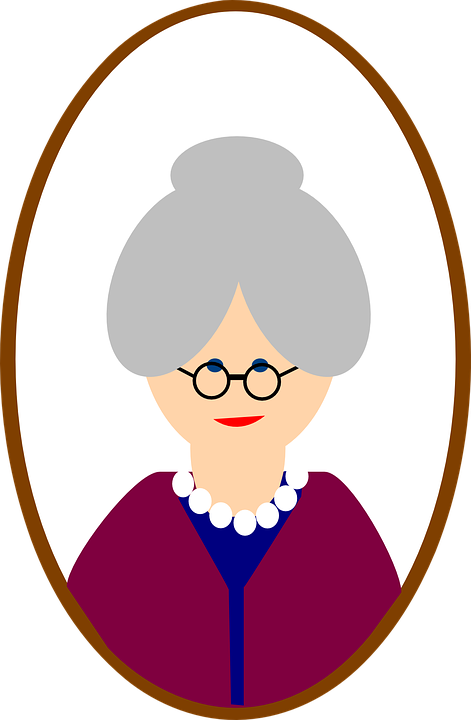Template / Examples for structure
Go back to your mind map if you have created one. If not, it would be a good idea to jot down some ideas and some notes on a piece of paper, all of which should be centered on your topic. The best way to illustrate this will be with examples. Below you will find three scenarios, for three different types of modules: narrative, theoretical and practical.
Narrative example

Michael wants to create a module on ‘Caring for someone with dementia’. In his introduction, he has already explained that he has been a carer for his wife, who lives with dementia, for the past 4 years. Michael is now thinking of his module. Some of his notes and ideas could be:
What background do people need on dementia? What does he wish he had known? Does he want to have separate sections on early dementia and later stages of dementia? Practical tips would be more useful than anything else.
Michael decides on a first draft:
- Introduction (why he can talk with expertise)
- What is dementia (he has read extensively, and discussed with his doctor)
- Early dementia
- Scenarios
- Tips
- Later stages
- Scenarios
- Tips
- Caring for the carer (he feels this is what he wished he had known)
- Scenarios
- Tips
Michael’s module will be narrative: people will learn from his knowledge, mostly through the stories he tells of his experience (scenarios), stories of the tips that he has learnt himself and how he has learnt them.
Theoretical example

Joan is interested in traditional music and song, and she intends to create a module on the history of traditional music in her village. In her introduction, she explains that she has been playing music in a local group for several years, and that she has gathered songs and tunes, and interviewed many older local musicians.
In her mindmap, she has the name of her village in the center, with dates and names of musicians. She writes down a question: choose one instrument or several? What do people need to know about traditional music? About music? About tradition?
This will be her structure:
- Introduction (her expertise, and the story of her interviews and conversations)
- A history of music in the village
- Fiddle music
- History of fiddle music
- Musicians, in a timeline
- Tunes that each played and where they came from
- Songs
- History of traditional songs in the area
- Singers in the village, in the past and now
- Which song they are known for, and the story of the song
Joan’s module is theoretical, although it is also narrative in the telling of the lives of the musicians. There will be a lot of text in this, with links to further information on traditional music and song. There will also be photographs and maybe some videos of traditional songs that are found on YouTube and that she will embed in her course.
Practical example

Mary wants to create a module on a crochet blanket. In her introduction, she talks about her passion for crochet, how she learnt from her grandmother, and how she has been using this skill for the past 60 years. She talks about several items she has made, and her favourite blanket pattern.
In her mindmap, Mary has jotted down some ideas and questions: what basic elements do people need to know? How do you follow a pattern? Is it easier to read, watch videos, or photos? Do people know about different types of wool? How many different stitches are there in the blanket?
This will be her structure:
- Introduction (why she can talk with expertise, how she enjoys crochet, what she has created)
- A little history of crochet in her country, who used to do it, and how it was taught
- Tools: what tools do people need to crochet this blanket, hooks and yarn (explain different types of hooks and yarns)
- Pattern: how to read a pattern
- Stitches: Detailed instructions for the 2 different types of stitches
- Step by step instructions for the blanket
This module will be experiential, practical. There are some stories to keep the learners interested, but there are mostly very practical step by step instructions. This module will require very precise writing, and many photographs and videos.
![]() As you see in the examples, once you have a structure to your module, and you start adding content, write text and stories, but also think of what other elements could be included, visual, audio, video, and which links could add more detail to the modules. As you will see in the next module “Presenting content”, it is very important to use many different modes in your online course to make it both informative and entertaining.
As you see in the examples, once you have a structure to your module, and you start adding content, write text and stories, but also think of what other elements could be included, visual, audio, video, and which links could add more detail to the modules. As you will see in the next module “Presenting content”, it is very important to use many different modes in your online course to make it both informative and entertaining.